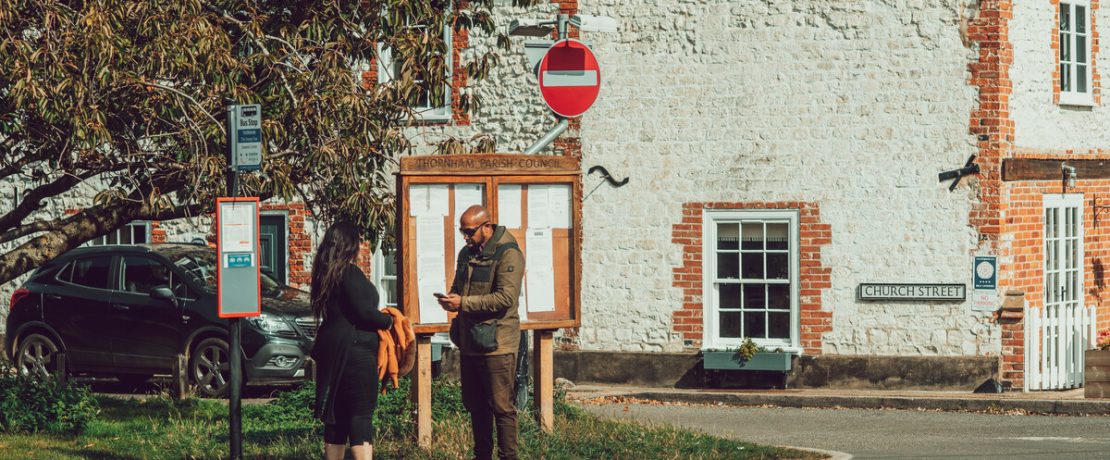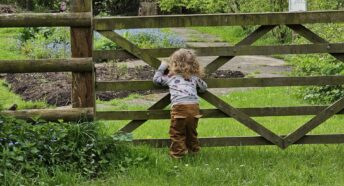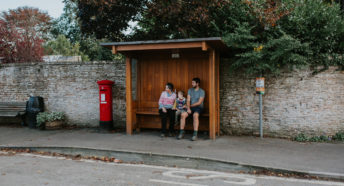Why CPRE wants to make the Green Book greener
Something we talk about a lot at CPRE is how rural issues are often forgotten about when it comes to getting support from the government. One of the reasons for this is to do with the process government uses to allocate its money to local authorities, a process known as the Green Book. But what is the Green Book? And why does it affect rural areas? Lizzi Hearn explains all …
What is the Green Book?
The Green Book is the process used by government to assess the value in financial terms of all of its policies, programmes and projects. It provides guidance that describes the best methods to follow when conducting this assessment, to make sure it is consistent across the different government departments and that the resulting outcomes are clear, objective and based on solid evidence.
The main element of the Green Book process is the assessment of the economic value of a particular programme or policy through ‘social cost benefit analysis’. This takes into account the pros and cons of a proposed programme or policy for the public sector, along with its potential impacts on wider society, considering factors such as life and health, travel time, energy efficiency and climate change and so on.
Why is it relevant for rural areas?
Rural areas face the triple whammy of greater need, higher costs and lower funding. Wages and salaries in rural areas are, on average, lower than those paid in towns and cities. This means market-rate house prices and private rental costs are too expensive for many local people, including the key workers who form the backbone of these rural communities. Demographic challenges such as ageing populations are also felt more acutely in rural areas.
In general, it costs more to deliver the same service in a rural area than it does in urban areas, due to economies of scale. This is when the cost of an item or service goes down, as the demand for it goes up – the initial investment or fixed cost is divided between more items or people. Because rural areas are more sparsely populated than urban areas such as towns or cities, more money has to be spent per person to deliver the same service. For example, the average number of pupils in a village school is 138, compared to 424 pupils in a city school. In the village school, the fixed costs (for such things as building rent or maintenance) per pupil would therefore be higher than in the city school, due to having lower numbers of pupils on average.
Directly comparing the pros and cons of a particular proposal for rural and urban areas in the Green Book process, is therefore more likely to favour urban areas and result in rural areas receiving lower funding. This is reflected through the fact that between 2019 and 2020, government spending per person on public infrastructure in England was 44% higher for urban areas than it was for rural areas.
This urban bias within the Green Book is influencing the way in which government allocate its spending across the country and placing rural communities at a distinct disadvantage by failing to unlock the opportunities they can offer to the nation as part of a modern economy.
Rural proofing
Alongside the Green Book, there is actually specific guidance to make sure the impact of a proposed policy on rural communities is considered. This guidance, known as ‘rural proofing’, is to be used from the very early stages of policy or project development and is designed to identify the potential impacts on things such as living and working in a rural area, access to services and the environment.
However, this guidance is often ineffective in balancing the urban bias within the Green Book. This is because it essentially tries to make sure that policies or projects designed to work in urban areas also work in rural areas, and this fails to recognise the unique character and needs of rural communities. It also does not consider where funding has previously been given, which, in turn, reinforces the challenges rural areas face in securing funding to support them.
What about the Green Book review?
Due to concerns that the Green Book process contained unintentional but inbuilt bias against certain areas of the UK, such as rural, coastal or sparsely populated areas, the Green Book guidance was reviewed by government in 2020. This presented an opportunity to address the urban bias we have talked about, by producing guidance that would lead to fairer funding for rural or coastal communities. The findings of the review provide a series of actions that will be taken to improve the guidance; however, these do not address the urban bias within the Green Book that is contributing to rural disadvantage.
Why does all this matter?
So, now we know what the Green Book is and why it’s relevant for rural areas. But why does all this matter?
Well, it matters because in the existing government’s 2019 election manifesto, one of its key priorities was to ‘level up’ the country. This means it wants to improve people’s lives by addressing the inequalities faced by communities across the nation.
At the moment, the government is focused on levelling up on the inequalities between the nine English regions; but this fails to capture the inequalities experienced by the communities that live within each of these regions. It is just as important to address the inequality within these regions as it is between the regions as this is where rural disadvantage is rife.
If the government are to fully achieve its goal, it is essential that reducing rural disadvantage becomes a key priority in ‘levelling up’, otherwise they risk rural areas being left even further behind. Making the process it uses to assess the value of all of its projects, programmes and policies fairer for rural areas is therefore a good place to start, as this will help to enhance and support the kinds of thriving, sustainable rural communities we want to see at CPRE.
You can read more about improving the Green Book process here.







